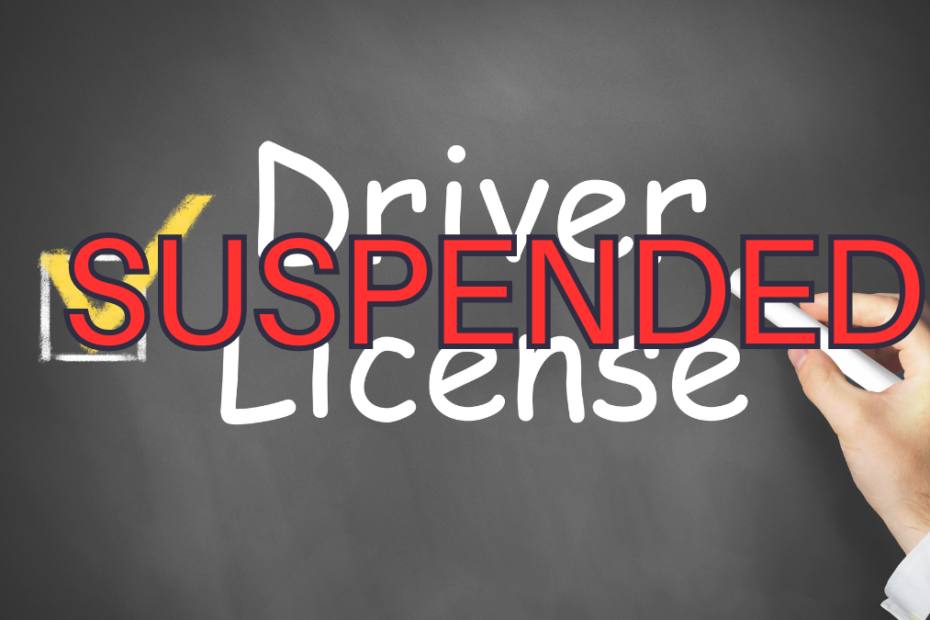In the realm of financial challenges, bankruptcy is often viewed as a lifeline for those drowning in debt. However, the benefits of bankruptcy extend beyond mere financial relief; it can also play a crucial role in reinstating a suspended driver’s license. This article explores the intersection of bankruptcy and driving privileges, shedding light on how individuals grappling with both debt and a suspended license can find a path to resolution.
Understanding the Nonpayment of Driving Fines in Pennsylvania:
Pennsylvania law permits the suspension of a driver’s license for various reasons, including the failure to pay fines related to traffic violations. Nonpayment of fines can lead to serious consequences, making it crucial for individuals to address these issues promptly. It’s important to note that the Pennsylvania Department of Transportation (PennDOT) oversees driver’s license suspensions and reinstatements.
Bankruptcy and Automatic Stays
One of the immediate advantages of filing for bankruptcy is the imposition of an automatic stay. This legal injunction halts most collection activities, including efforts by creditors to collect on debts. The automatic stay not only provides breathing room for debtors but can also be instrumental in addressing issues related to a suspended license.
When a license is suspended due to unpaid fines or debts, the automatic stay can temporarily lift the burden of collection efforts, offering debtors the opportunity to reevaluate their financial situation without the constant threat of license suspension.
Chapter 7 Bankruptcy and Driver’s License Reinstatement
Chapter 7 bankruptcy, often referred to as liquidation bankruptcy, can be particularly beneficial for individuals seeking to reinstate a suspended license. In a Chapter 7 bankruptcy, the debtor’s non-exempt assets are liquidated to pay off creditors, and remaining qualifying debts are discharged.
For those facing license suspension due to financial obligations such as traffic fines, Chapter 7 bankruptcy can wipe out these unsecured debts, offering a clean slate and the potential for a fresh start. It is essential, however, to ensure that any outstanding fines are eligible for discharge under bankruptcy law, as certain types of debts may not be dischargeable.
Chapter 13 Bankruptcy and License Reinstatement
Chapter 13 bankruptcy, also known as reorganization bankruptcy, allows debtors to create a structured repayment plan over three to five years. This form of bankruptcy is particularly well-suited for individuals with a regular income who want to catch up on past due payments, including those related to a suspended license.
Under Chapter 13, debtors can include past-due fines and fees associated with a suspended license in their repayment plan. As long as the debtor adheres to the plan, the automatic stay remains in effect, protecting them from further collection actions and providing a path to license reinstatement.
Navigating Bankruptcy and PennDOT
While bankruptcy can offer a path to debt relief and license reinstatement, it’s crucial to understand the role of PennDOT in the process. PennDOT requires proof of financial responsibility (car insurance) and a few other steps before reinstating a license, even after a successful bankruptcy filing.
Conclusion
Bankruptcy can be a powerful tool for individuals seeking to overcome the dual challenges of financial distress and a suspended driver’s license. Whether through the immediate protection of the automatic stay in Chapter 7 or the structured repayment plan in Chapter 13, bankruptcy offers a viable pathway to debt relief and the restoration of driving privileges.
Schedule an appointment today to discuss how we can help you get your license restored.
